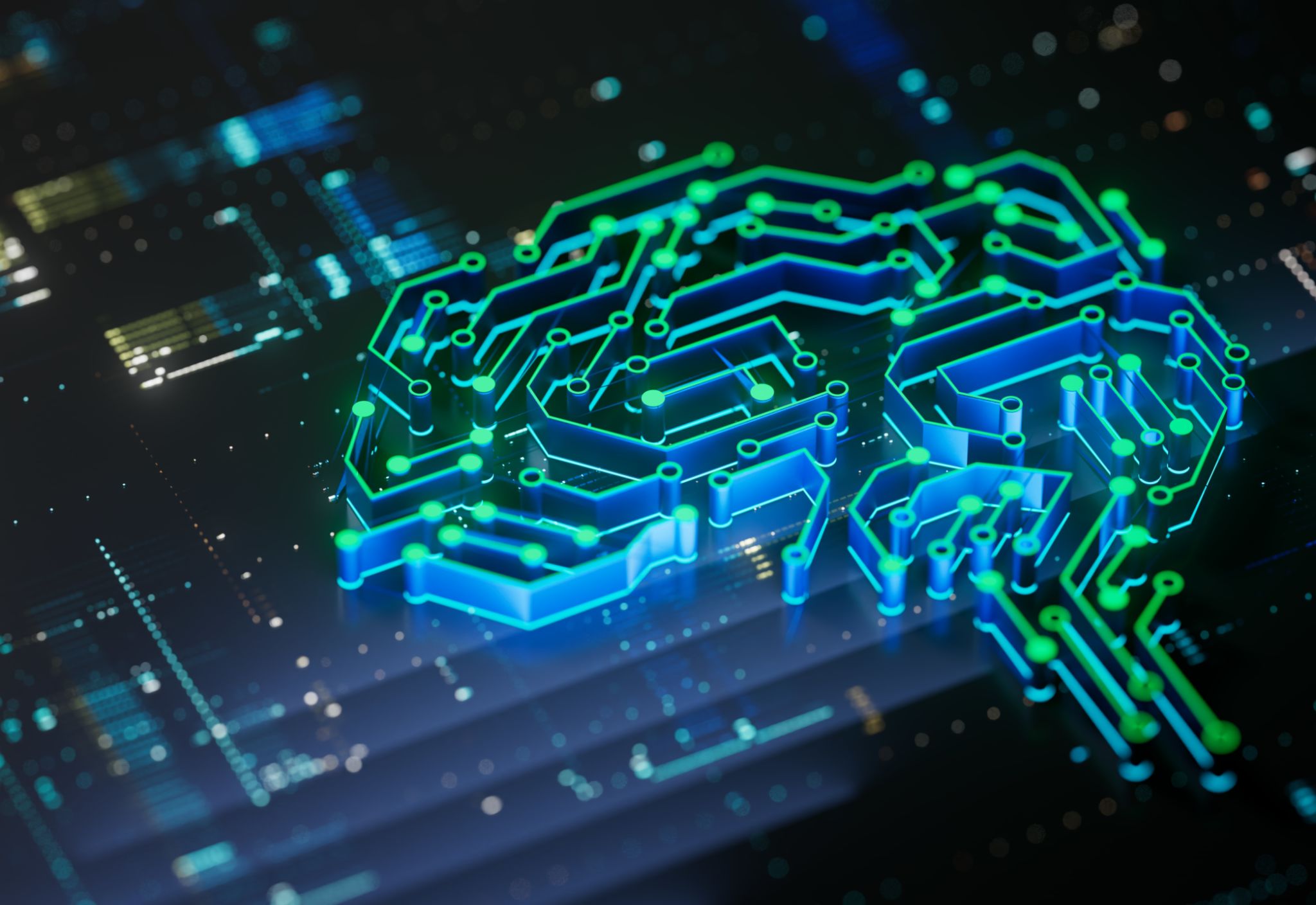Expert Insights: The Future of Networking Devices and Security Systems
Introduction to the Future of Networking Devices
As technology continues to evolve at a breakneck pace, the landscape of networking devices and security systems is undergoing significant transformation. With the advent of 5G, the Internet of Things (IoT), and artificial intelligence, the future holds exciting prospects for both consumers and businesses. Understanding these changes is crucial for staying ahead in a connected world.
Networking devices, from routers to switches, are becoming more sophisticated. The integration of cutting-edge technologies promises not only faster and more reliable connectivity but also smarter and more secure networks. As we explore these advancements, it's clear that the next decade will be pivotal in reshaping how we connect and protect our digital environments.

The Role of Artificial Intelligence
Artificial Intelligence (AI) is playing an increasingly important role in the evolution of networking and security systems. AI-driven solutions are helping to automate network management, enhance security protocols, and predict potential threats before they materialize. This proactive approach is vital for mitigating risks in real-time.
Through machine learning algorithms, AI can analyze vast amounts of data to identify patterns and anomalies, offering insights that were previously unattainable. This capability not only improves the efficiency of network operations but also strengthens security measures, making networks more resilient against cyber threats.

5G and Its Impact on Connectivity
The rollout of 5G technology is revolutionizing networking by providing unprecedented speeds and reduced latency. This transformation is expected to enhance user experiences across various applications, from seamless video streaming to real-time gaming. The influence of 5G extends beyond consumer applications, impacting industries like healthcare, manufacturing, and transportation.
With the ability to support a massive number of connected devices simultaneously, 5G is a catalyst for the growth of the IoT ecosystem. This expansion demands robust security frameworks to protect the influx of data and ensure privacy. Consequently, security systems must evolve to address new vulnerabilities introduced by increased connectivity.

Securing the Internet of Things
The proliferation of IoT devices presents unique challenges for network security. As billions of devices connect to networks worldwide, ensuring their security becomes paramount. IoT devices often serve as entry points for cyberattacks, necessitating stringent security measures and protocols.
Security systems are now focusing on endpoint protection and network segmentation to isolate potential threats. Incorporating blockchain technology is also being explored to enhance data integrity and traceability within IoT ecosystems. This layered approach aims to secure data transmission while maintaining the performance and reliability of IoT networks.
Embracing Zero Trust Models
Another significant trend in network security is the adoption of Zero Trust models. This strategy assumes that threats could originate from both outside and inside the network, leading to a “never trust, always verify” approach. Zero Trust frameworks require all users and devices to authenticate before gaining access to any part of the network.
This model minimizes risks by continuously validating access permissions and monitoring user activities. As businesses transition to hybrid work environments, implementing Zero Trust becomes essential for safeguarding sensitive information and maintaining robust security postures.

Conclusion: Preparing for Tomorrow
The future of networking devices and security systems is bright, driven by technological advancements and an increased focus on security. As we prepare for this future, embracing these innovations is crucial for building resilient networks capable of supporting our increasingly digital lives.
Organizations must stay informed about emerging trends and invest in state-of-the-art solutions to protect their networks. By doing so, they can ensure secure connectivity and capitalize on the benefits brought forth by new technologies.